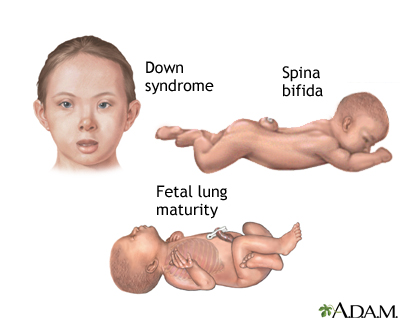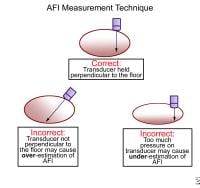1. Milky Way galaxy is suitable for life.
2. Solar System's location in the Milky Way galaxy is far from many hazards.
3. Our Sun is a stable, long-lasting, and metal-rich star.
4. The Earth is just at the right distance from the Sun.
5. Jupiter and Saturn.
6. There's water on Earth.
watch this Video for reference.






